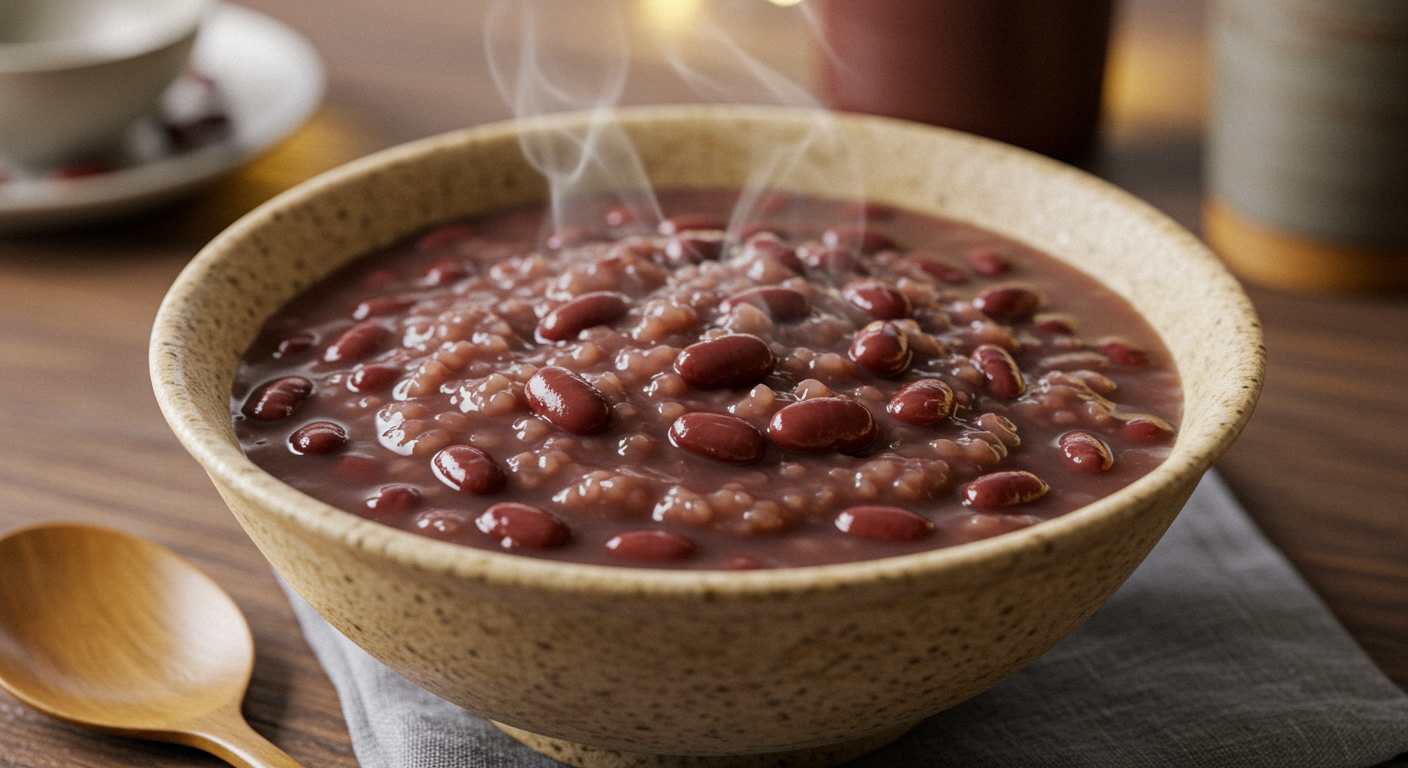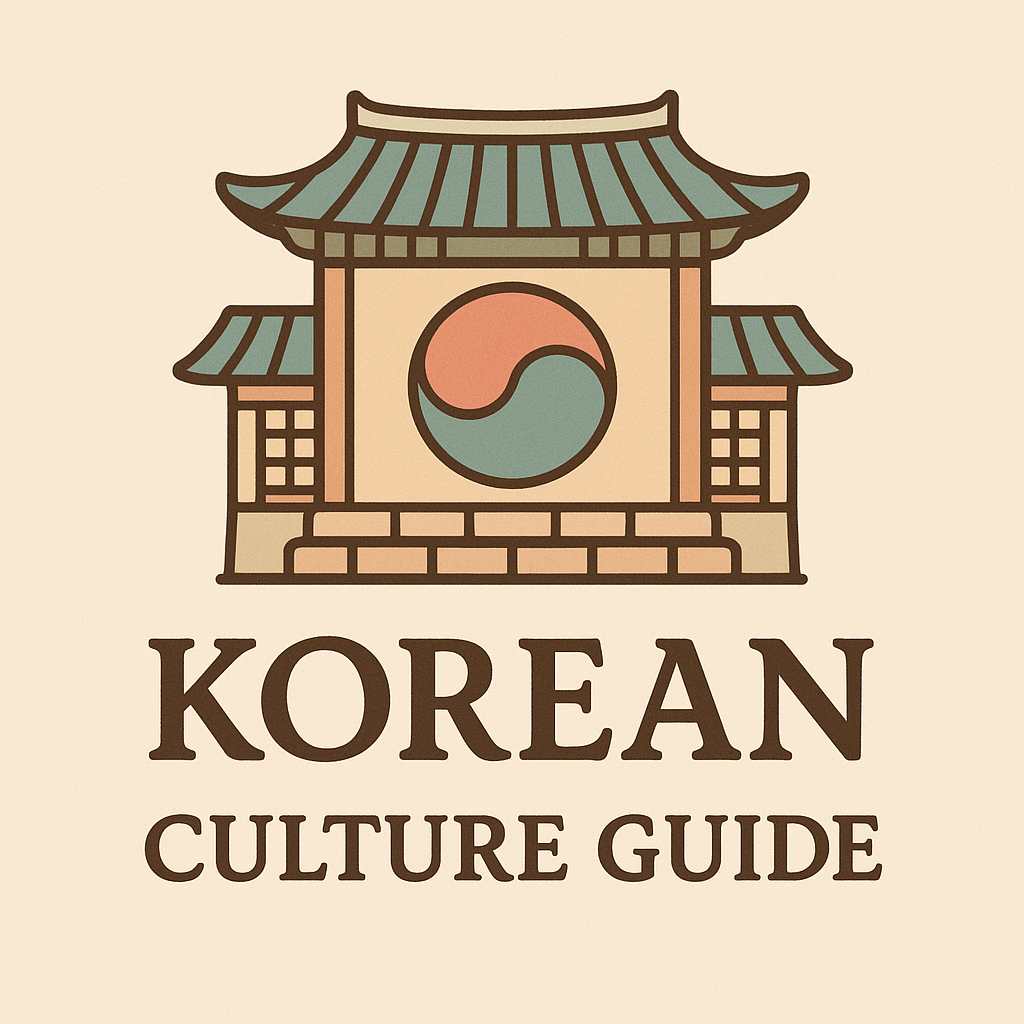-
contents
In traditional Korean culture, the Winter Solstice wasn’t just the shortest day of the year—it was a deeply symbolic time when spiritual beliefs, ancestral rituals, and seasonal health practices all came together in one bowl of red bean porridge. Known as “patjuk,” this dish wasn’t merely food—it was protection against evil, a prayer for good fortune, and a way to connect with the cycles of nature. In this article, we explore the cultural roots of eating red bean porridge on Dongji, Korea’s Winter Solstice, and how this tradition reflects the country’s rich folklore and seasonal wisdom.

What Is Dongji? Understanding the Korean Winter Solstice
Dongji (동지) refers to the Winter Solstice in Korea, which typically falls around December 21st or 22nd. It marks the day with the longest night and shortest daylight hours of the year. For ancient Koreans, Dongji was not just an astronomical event—it was a spiritual milestone.
In fact, many old records refer to Dongji as "the little New Year" because it symbolized the turning point from darkness to increasing light. It was believed that from this day onward, positive energy would begin to grow again. This made Dongji a time for rituals, reflection, and the preparation of protective foods—especially red bean porridge.
Red Beans and Spirits: The Origins of Patjuk as a Protective Dish
In Korean folklore, red beans were believed to have the power to ward off evil spirits and misfortune. The deep red color was thought to scare away ghosts and negative energy. This belief is rooted in shamanistic traditions and can be found in other East Asian cultures as well.
During the Winter Solstice, when the darkness was at its peak and harmful spirits were believed to be most active, people prepared and ate patjuk (팥죽)—a porridge made of red beans and glutinous rice balls. Some even sprinkled red bean water around their homes or placed bowls of porridge near entrances to keep malevolent spirits at bay. Patjuk became a spiritual shield as well as a hearty winter meal.
The Symbolism Behind Patjuk Ingredients
Each ingredient in patjuk carries symbolic meaning. Red beans represent protection and purification, while the small rice balls—called saealsim (새알심)—symbolize family members. In many households, people would make one rice ball for each family member, sometimes even adding extra for those who were away or had passed on.
Counting the rice balls in each bowl was a ritual in itself, reinforcing family bonds and ancestral remembrance. The warm porridge also served as comfort food during the coldest part of the year, combining practical nourishment with deep cultural symbolism.
A Tradition of Balance: Dongji in Korean Seasonal Philosophy
Korean traditional philosophy, influenced by both Taoism and Confucianism, emphasized balance in nature. The Winter Solstice was viewed as the moment when yin energy (darkness, cold, stillness) reached its peak and yang energy (light, warmth, life) began to grow again. Eating red bean porridge was a way to align oneself with this natural transformation.
It was believed that by consuming warming, earthy foods like patjuk, the body could restore its inner balance and prepare for the coming year. This reflects how Korean customs often mirror the rhythms of nature and promote harmony between the human body and the environment.
How the Red Bean Porridge Tradition Continues Today
Although many modern Koreans no longer observe Dongji with the same level of ritual, the tradition of eating patjuk still survives. Some families prepare it at home, while others buy it from traditional porridge shops or convenience stores that offer it seasonally.
It’s not uncommon for elders to remind younger generations about the meaning behind the dish, turning a simple meal into a story about heritage. In schools and communities, patjuk may be served as part of cultural education programs, helping children understand their roots and the wisdom passed down through generations.
More Than Just Food: Patjuk as a Cultural Connection
What makes patjuk so special is that it’s not just something to eat—it’s something to feel, to remember, and to pass on. In a time when fast food and instant meals dominate daily life, this humble porridge reminds Koreans of a slower, more intentional way of living.
Eating red bean porridge on the Winter Solstice connects people to their ancestors, to the seasons, and to each other. It’s a tradition that combines food, folklore, and philosophy in one bowl—warm, red, and quietly powerful. Even for those unfamiliar with Korean customs, patjuk offers a meaningful glimpse into the spiritual and cultural richness of the Korean way of life.
'culture' 카테고리의 다른 글
K_Culture Guide
Korea Vibes Blog shares real stories, cultural insights, and travel tips from Korea. Discover what makes Korean life so unique.
